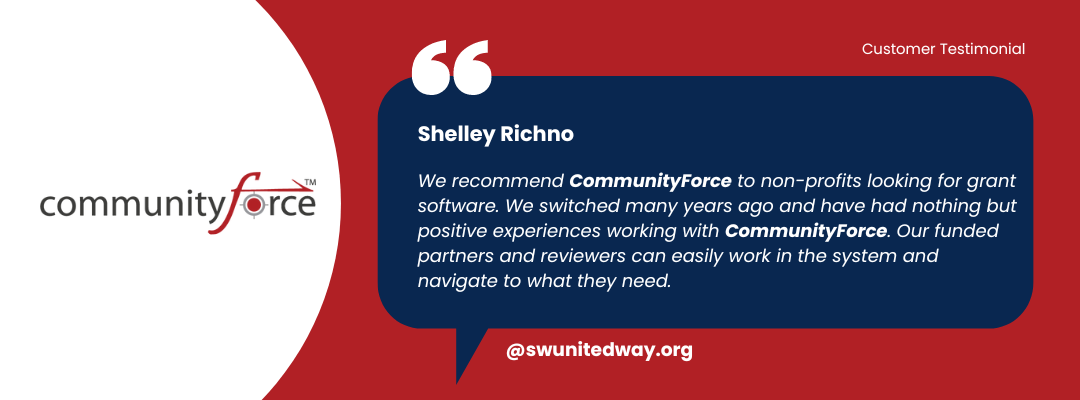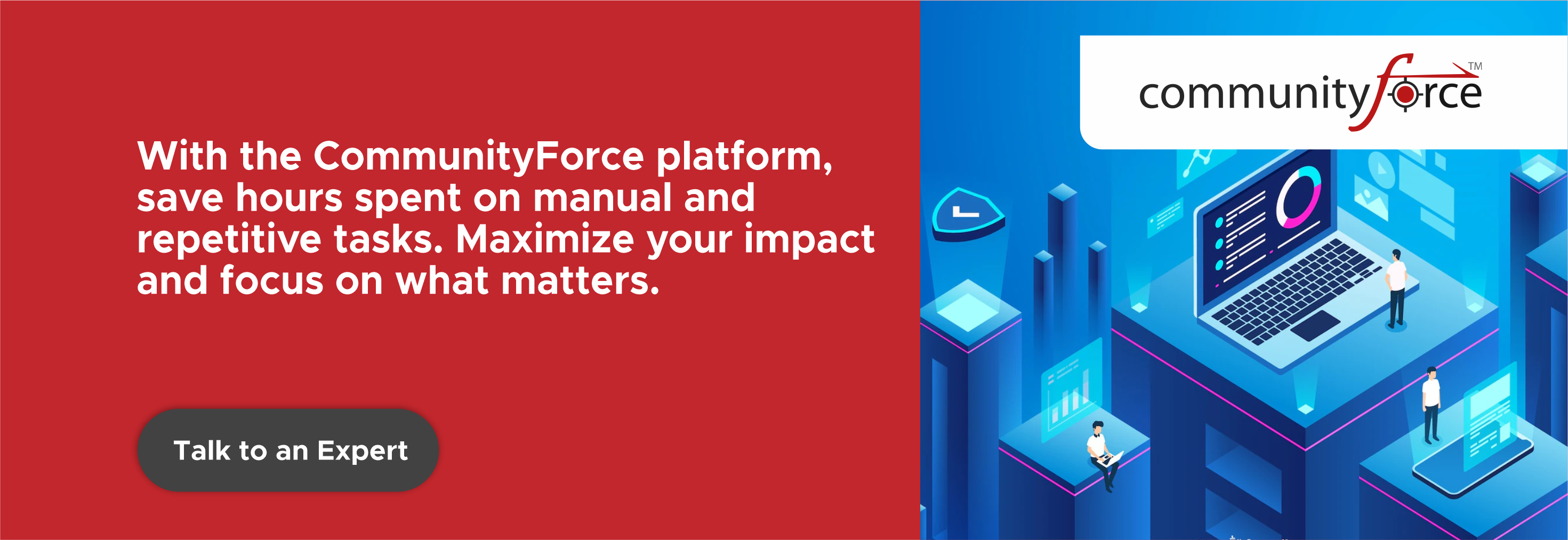How to Get Donors Interested in a Nonprofit Grant: A Complete Guide for 2022
The pandemic at first and now the surge in consumer pricing with an annual increase of 8.6 percent, as determined by the consumer price index over the last 12 months by “U.S. Bureau of Labor Statistics”, has put unprecedented strain on non-profit grant seekers. However, given previous experiences, we may anticipate donors to come to the rescue for their nonprofit partners during this crisis. Many grantmakers have begun giving cash to help their nonprofit partners react and adapt to the epidemic as a consequence of this crisis. So don’t be discouraged – now is a great time to engage donors! In this blog post, we’ll discuss how you can reach out to donors in current environment secure the support your organization needs.
If your organization faces financial challenges due to the pandemic and surge in economy at an extraordinary pace, reach out to your local grantmakers. Many foundations offer funding to help their nonprofit partners make it through this tough time. You can find a list of grantmakers in your area online or by contacting your state association of nonprofits.
When reaching out to grantmakers, explain how the pandemic and worst of the inflation problem has impacted your organization and what you need funding for. Be specific and provide data or examples to illustrate your need. Grantmakers are more likely to support organizations that can clearly articulate their challenges and needs.
It’s also essential to reassure grantmakers that you are taking steps to adapt and respond to the problems. Share how your organization is changing its programs or operations to meet the needs of your community. Grantmakers want to know that their investment will make a difference, so be sure to explain how your work is essential and how you are continuing to serve your constituents during these difficult times.
The emerging inflation crisis is causing enormous interruptions and uncertainty around the world. Worry has now spread throughout every neighborhood, not just about how we adapt to this surge in inflation but also how we can keep our momentum during such a catastrophe.
In the nonprofit sector, social isolation and shelter-in-place directives have caused fundraising events to be canceled and worries about how organizations will continue operating during these trying times. In addition, many businesses have staff furloughs and total operation shutdowns due to the circumstances.
Nonprofit grant-seeking has never been easy, and this is not the first time it has encountered difficulties. But, if history teaches us anything, foundations come to the rescue, not back down, during a crisis. Many grantmakers are assisting their nonprofit partners in response to the current crisis in inflation and pandemic.
Here are some key actions that nonprofits should take to continue maintaining funding relationships and pursuing grants right now:
Connect with current donors as soon as possible to get the most out of your grant since this shows you are an organized and willing partner.
Prove your credibility and professionalism with communication to be an organized and eager collaborator.
Consider seeking emergency financing opportunities.
Continue to seek and develop new sources of funding.
With the emerging inflation and pandemic catastrophe jeopardizing bringing us to a halt, the nonprofit sector is fighting to keep up the momentum. If you incorporate these ideas, you’ll be well-equipped to negotiate the grant-seeking procedure.
Let’s take a deeper look at the measures you can take to better engage and connect with donors right now.
1. Communicate sooner rather than later
The most crucial initial step in this crisis is to evaluate your current grants and engage with your top grant funds.
Contact the grantmaker or donor if the epidemic and surge in inflation prevents you from following through on the terms of an active grant. Please explain how you’re dealing with the inflation, including any difficulties and your plans to overcome them.
Donors understand that recent events have severely impacted many organizations. However, donors’ flexibility is evident, with an overwhelming majority expressing a desire to be flexible. But first, you must reach out and be honest about your difficulties and requirements.
A phone call remains the best overall communication technique. However, many foundation representatives are juggling their professional and personal lives like fundraisers, making it difficult to communicate over the phone. If you don’t have time to make contact immediately, email is your next best bet. Before contacting someone, plan ahead of time and proactively communicate your demands.
Existing grant conditions could change.
Grant funds may be spent on a different purpose or program.
If a natural disaster or other calamity wreaks havoc on your cash flow, there is a chance that an emergency grant may be provided to help you replace lost income or pay for a direct response.
Don’t put off developing a “perfect plan” until you have one. Providing donors with timely updates is far more vital than developing a multi-year strategy right now.
In conclusion, a constant and transparent communication strategy is critical in a grantmaker relationship, now more than ever. To be in contact with one another and to communicate effectively with current donors, you must be honest about your needs and any problems you face. You may then take advantage of the resources you have at your disposal.
If you’re having trouble communicating effectively with grantmakers, a consultant might be able to assist. Many are aware of the current financial strain nonprofits are under and provide free advice and ideas to assist. Check out re: Charity’s list of best nonprofit consulting firms to locate one who can help you. Your team will be well-equipped to establish
2. Prove your credibility and professionalism with communication to be an organized and eager collaborator
It is more important than ever to prove your credibility and professionalism as a grant seeker. One approach to accomplish this is to show that you are an organized and eager collaborator. In addition, good communication is key in establishing and maintaining solid relationships with potential donors. Be honest about your needs and any difficulties you may be facing. This will show that you are transparent and trustworthy. You may also want to consider getting help from a consultant who can offer free advice and ideas.
When searching for a consultant, see if they’re on the list of finest nonprofit consulting companies. You can find one who specializes in grant seeking and who can help you prove your credibility and professionalism. With the right team, you will be well-equipped to engage with donors and establish strong relationships.
3. Consider seeking emergency financing opportunities
The country’s communities feel overwhelmed with current inflation, demands, including food deprivation, childcare, and medical care. Hundreds of foundations are rushing to disburse emergency grant money to nonprofits on the front lines in response.
What steps should your non-profit take to obtain emergency financing to deal with the situation?
To begin, see if your community has a rapid response fund. These funds are typically managed by local United Ways or community foundations, and they may include a variety of charitable, business, and government participants.
Some funds are being proactively given to designated organizations, while others are more competitive. First, determine whether the terms match your organization’s mission and focus before entering a competitive emergency fund market if your community has them. Then, as soon as possible, send out your application. If there is no formal application procedure, search through the list of donors supporting the crisis fund to find any existing contacts. This allows you to begin a two-way communication with these people that may help your nonprofit get funded successfully.
4. Continue to seek and develop new sources of funding.
As the pandemic’s immediate shocks begin to lessen with latest economic indicators suggesting that inflation remains elevated, we predict competition for grants will be even fiercer than before. That indicates that it’s more vital than ever that you maintain a policy of finding and developing new potential grant donors.
Even if we think most donors will return to their regular programs, it’s conceivable that some may modify their approach. As a result, you must continue cultivating a pipeline of new donors to replace those who may leave. To help you narrow down your list of potential donors, consider what makes for a good prospect regarding grants-seeking options. Remember that quality wins out over quantity when it comes time to look for grant opportunities.
The current economic climate has made time a precious commodity, which means nonprofits can’t afford to squander it. As a result, keep the following indications of a promising potential grant funding prospect in mind:
If you have a good history with the foundation, this would increase the chance of them giving you a grant—mainly if they’ve previously funded your organization—because they’re more likely to trust you.
To ensure that your foundation maintains its intended purpose, you should regularly align it with your organization’s mission. For example, consider if they’ve modified their attention in response to these developments.
Ensure that the funder has funded programs, projects, and people in your organization’s geographic area of focus.
Consider whether they’ve previously funded nonprofits. and projects comparable to yours.
Determine your goals and priorities by considering these criteria. Locate more grantmakers whose interests match yours by focusing on these standards. After identifying your targets, it’s time to apply for funding. First, comply with any instructions that may be provided. Then, prepare a compelling offer using the information in this comprehensive nonprofit grant writing guide from Grants Plus. Putting these best practices into practice will enable you to explain your primary purpose, your unique fit with the foundation’s objective, and your pressing need for cash in a compelling way.
Consider hiring a fundraising consultant or asking for help from those currently providing free services and resources if you’re having difficulty navigating the current market. Those with significant expertise may provide valuable assistance at this stage. You won’t squander time and funds submitting generic proposals to unlikely prospects that way.
Everyone is still waiting for the day when everything will be back to normal, but we do know that foundations will work hard to get us there. The greatest thing your non-profit can do right now keeps on pursuing grants. Having a Grants Strategy that Prioritizes Funder Engagement Makes You One Step Closer To Getting Money. Nonprofits need to continue striving to achieve their goals during the financial crisis. Continue your grant-seeking efforts while everything else remains the same.
Remember, don’t stop communicating with donors, creating prospects, or taking proactive measures to secure grant funding. Otherwise, you’ll risk jeopardizing your grant income and developing relationships that will be difficult to rebuild.
If you have any questions or comments, please feel free to reach out to us at info@communityforce.com. We wish you the best of luck in your grant-seeking endeavors! This is not the first pandemic in which nonprofit grant-seeking has faced severe challenges. But, if history has taught us anything, foundations step up, not back, during a crisis. In response to the current pandemic, many grantmakers offer funding to help their nonprofit partners make it through.
Whether you’re a startup organization or a leading corporation, CommunityForce provides fully customizable, all-in-one online grant management solutions to maximize your efficiency, simplify complex processes, and improve collaboration so you can focus on increasing your impact. We’ve helped organizations streamline their entire process no matter the size and scope of their giving.

















